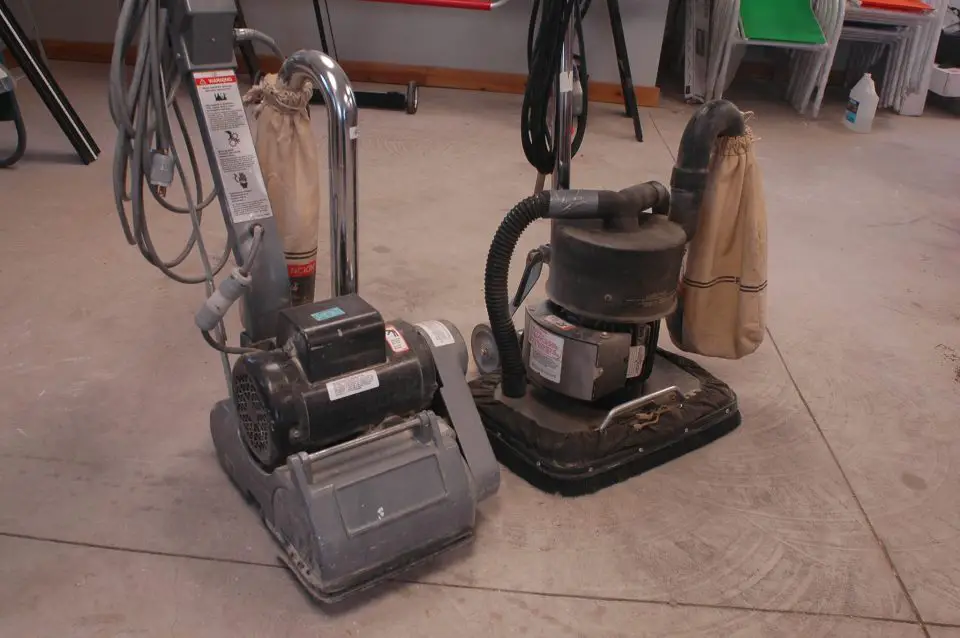
Question: Is there some easy way to fix worn oak floors in our house? We’d like to do the work ourselves, ideally without renting a big floor sander and making a big mess.
Answer: Too many people assume that worn wood floors need to be completely sanded to look good again, but that’s not necessarily true. Sometimes there are alternatives. Before you resign yourself to the mess, disruption and expense of a full-blown wood floor refinishing job, you might as well try something simpler first. If it doesn’t work, you’ve lost little.
Current Floor Condition
Is the surface varnish still in place over your floors and just lightly scratched? This is the perfect situation for a wipe-on floor rejuvenator product. The one I’ve used most often is Minwax Hardwood Floor Reviver, and it hides surface scratching well. There are limits to what products like these can do, so you may need to step up your efforts if there’s anything more than surface wear.
Is the varnish and stain worn through, exposing unstained wood? This is more serious, and floor revivers won’t work well here. In cases like this I’ve had great results simply rubbing stain into worn areas like these, then re-coating the entire floor with the same kind of varnish that was used originally. You’ll end up with a distressed look, but the colour will be even and the results are pretty attractive with minimal hassles. I use a product called Polyshades for the colour side of this this and it works beautifully. It’s not officially rated for use on floors, but don’t let that stop you. A final coat or two of urethane over the entire floor seals everything and makes the sheen look even.
Complete Re-Sanding Options
If you find that complete re-sanding is necessary, several small tools can be used. I’ve used a hand-held belt sander, a pair of kneepads and a random-orbit sander to refinish small floors and it works. Put a zippered plastic dust curtain over the doorway, then begin with an 80-grit abrasive for your initial attack. It’s hard work, but less risky and more convenient than renting a large machine for small spaces.
Switch to a 100-grit belt and go over the floor again, but this time with a floodlight shining across the wood at a shallow angle. This highlights areas you might have missed during the first sanding passes. If you find that this hands-and-knees work is too much for you, consider renting a walk-behind, vibrating pad floor sander, rather than a drum-style floor sander. Vibrating pad models (right, below) are easier to use and less likely to accidentally cut grooves in the floor.

Click below to watch a video lesson on how I revive floors without sanding back to bare wood. It’s faster and less expensive that a complete sanding job, and in some ways it even looks better.












